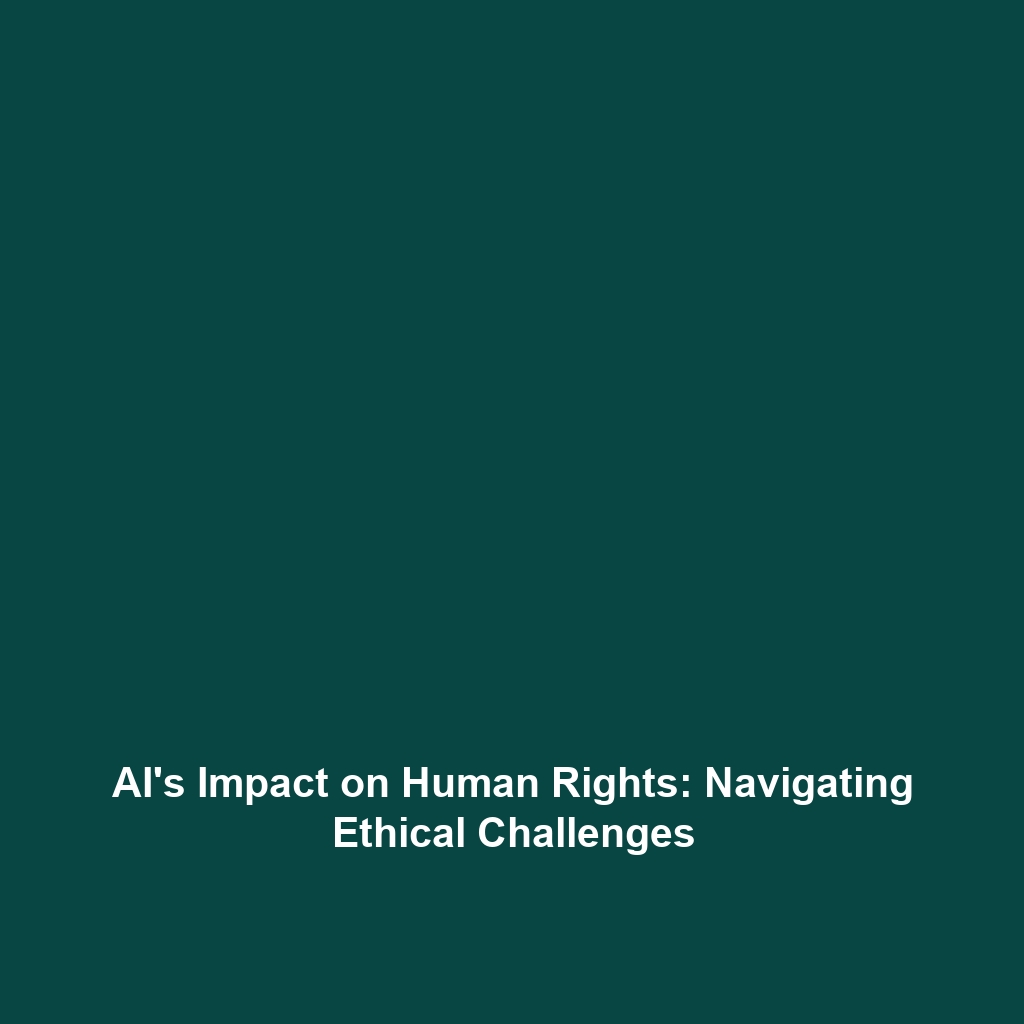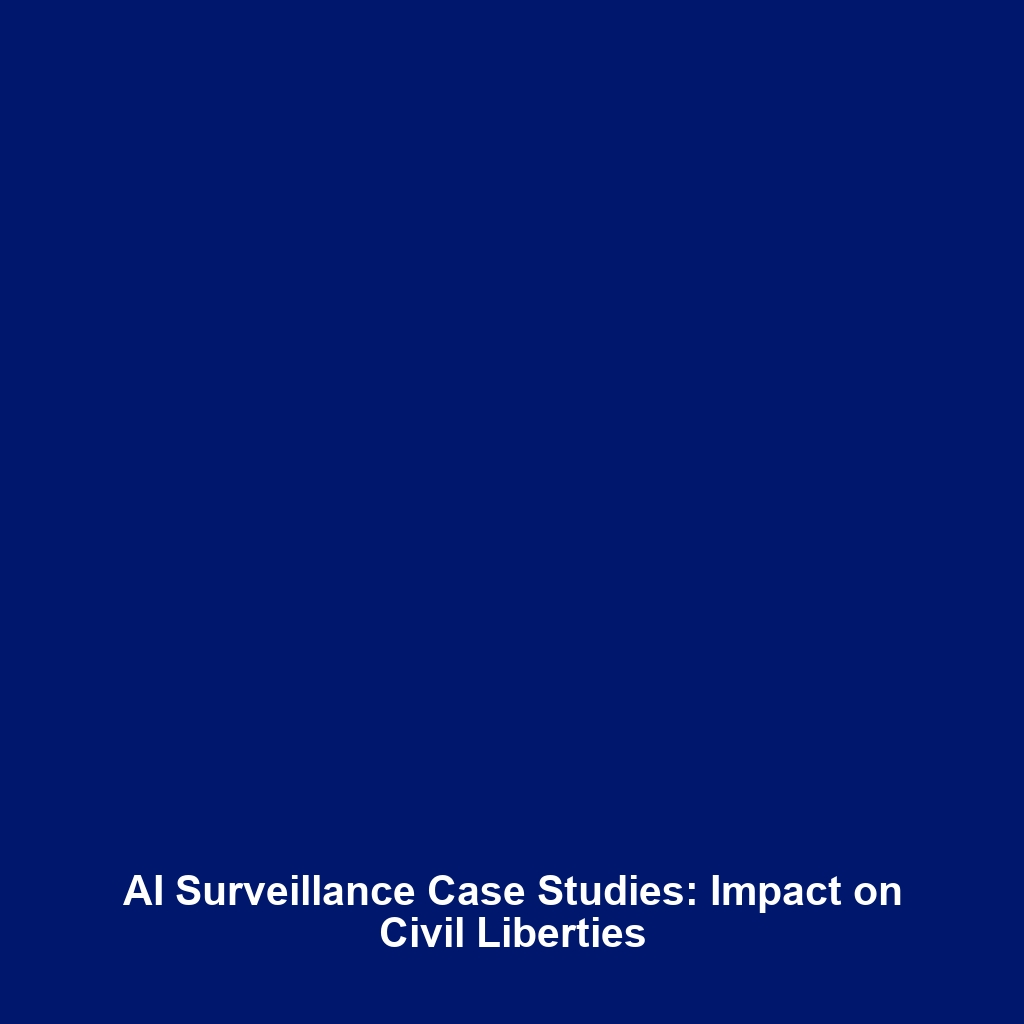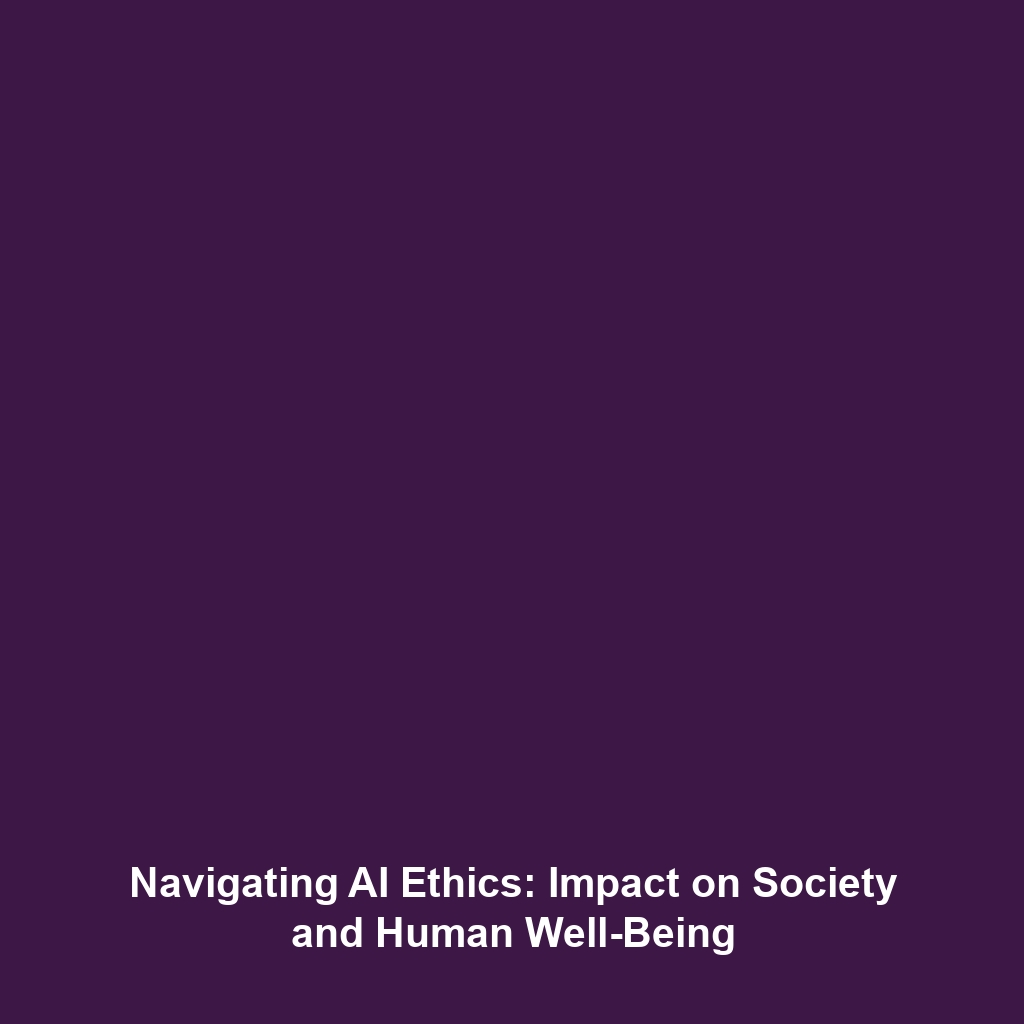The Societal Impact of Humanoid Robots
Introduction
The emergence of humanoid robots represents a revolutionary leap in technology that significantly transforms how people work, live, and interact with one another. As we stand on the brink of a new technological era, understanding the societal impact of these robots is crucial. Humanoid robots, designed to mimic human behavior and characteristics, have begun to play vital roles across various sectors, including healthcare, education, and service industries. Their integration into daily life not only enhances efficiency but also creates new paradigms for human-robot interactions.
Key Concepts
Human-Computer Interaction (HCI)
At the core of the societal impact of humanoid robots is the principle of Human-Computer Interaction (HCI). HCI studies how people interact with computers and robots, and informs the design of robots to ensure they meet user needs effectively.
Social Robotics
Social robotics further encapsulates the essence of how humanoid robots function within society. These robots are designed to engage and interact with humans on a social level, thereby facilitating communication and enhancing social experiences.
Integration into Daily Life
Humanoid robots are increasingly being seen as companions and helpers, shaping their societal impact by promoting accessibility and convenience in everyday activities.
Applications and Real-World Uses
The applications of humanoid robots are vast and varied, proving their significance in reshaping societal norms. Some notable instances include:
- Healthcare: Humanoid robots assist in patient care, providing companionship, monitoring health, and delivering medication.
- Education: They serve as teaching aids, helping children with autism and other learning difficulties to interact socially.
- Customer Service: Humanoid robots are being employed in retail settings to improve customer experience and streamline operations.
Current Challenges
While the potential of humanoid robots is vast, several challenges must be acknowledged:
- Ethical Concerns: The implementation raises ethical questions about privacy, autonomy, and interpersonal relationships.
- Technological Limitations: Many humanoid robots still lack advanced cognitive capabilities, limiting their functional efficiency.
- Public Acceptance: There is skepticism and fear amongst the public regarding the integration of robots into everyday life.
Future Research and Innovations
Looking ahead, numerous innovations are set to reshape the future of humanoid robots:
- Artificial Intelligence Advancements: Ongoing research aims to enhance the cognitive abilities of humanoid robots.
- Improved Mobility: Breakthroughs in robotics are expected to facilitate greater physical interactions, making robots more versatile helpers.
- Collaborative Robots: Development of co-bots that work alongside humans in various sectors is on the rise, promoting synergy between human and robot labor.
Conclusion
The societal impact of humanoid robots is profound, offering a glimpse into a future where technology and human interaction converge more seamlessly. As these robots continue to evolve and integrate into our daily lives, it is essential to address the challenges and maximize their potential benefits. The ongoing discourse on their role in society will define how we choose to coexist with technology moving forward. For further insights and comprehensive information about humanoid robots, explore our other topics on robotics and technology.









